Splitting Citrus Fruit: Why Orange Rinds Split Open And How To Prevent It
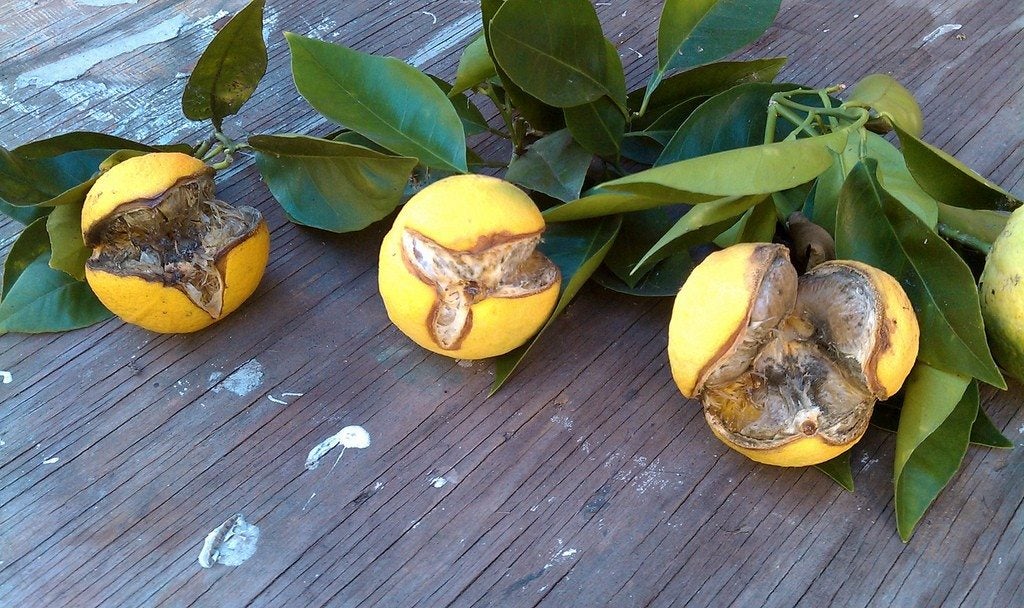

Citrus trees have numerous requirements. They need fertile soil, full sun, and protected locations, tropical to sub-tropical conditions, supplemental irrigation, and plenty of additional food. They are prone to many diseases, especially fungal, and susceptible to several pests. Nonetheless, they are an exciting addition to the home orchard and provide vitamin-rich fruits. Cracked citrus rinds are another issue, and in oranges, can split open, making the citrus fruit inedible. Providing the correct cultural and nutrient conditions will prevent this fruit damage.
What Causes Oranges to Split?
One of the most commonly grown citrus is the orange. Orange rinds split open, as well as mandarins and tangelos, but never grapefruit. Navel oranges are the most prone to the problem. So what causes oranges to split? The rind splits because water and plant sugars travel to the fruit too quickly for it to produce enough rind to hold the substances. The excess fluids cause the skin to burst. Young trees have the highest incidence of oranges splitting. Most cases of splitting citrus fruit occur in July to November. Cracked citrus rinds begin at the blossom end of the fruit. Although most of the splitting happens at the end of the season, it can begin as early as July. Trees with the greatest crop load are the most affected. Orange rinds split open seasonally and is primarily the result of plant care, but also temperature fluctuations and humidity. The size of a split varies. It may be slim and short or expose the pulp inside the fruit. Naval orange rinds split open more, likely because of the thickness of the rind and the large stylar, or navel. The green fruit is usually the splitting citrus fruit.
Tips for Preventing Splitting Citrus Fruit
Oranges, or any other citrus fruit splitting, is a result of cultural activities. Irrigation problems may contribute where the tree gets too much water. In winter, the tree only needs 1/8 to 1/4 inch (3-6 mm.) of rain per week. In March to June, this increases to ½ inch (1 cm.) and during the warm season, the tree requires 1 inch (2.5 cm.) of water per week. Over fertilizing will also cause the problem. The nutrient needs of oranges should be 1 to 2 pounds (453.5-907 g.) of nitrogen annually. You should break up the application into three or four periods. This will prevent too much food, which will make orange rinds split open and possibly crack. Tree stress is thought to be another cause of splitting citrus fruit. Hot, dry winds desiccate the tree and dry the plant. Then it takes moisture from the fruit, which shrivels. As soon as water is available, it goes to the fruit, which then swell too much. Young plants with small root systems are most susceptible because they do not have a wide enough root area in which to gather moisture.
Gardening tips, videos, info and more delivered right to your inbox!
Sign up for the Gardening Know How newsletter today and receive a free copy of our e-book "How to Grow Delicious Tomatoes".

Bonnie Grant is a professional landscaper with a Certification in Urban Gardening. She has been gardening and writing for 15 years. A former professional chef, she has a passion for edible landscaping.
-
 Looking For Plants To Give You The Soft And Fuzzies? Try These 5 Fuzzy Leaf Plant Options
Looking For Plants To Give You The Soft And Fuzzies? Try These 5 Fuzzy Leaf Plant OptionsLovers of texture, drama, silver foliage and tactile plants will adore these special sensory garden additions. These fuzzy leaf plant options will leave you all aglow
By Susan Albert
-
 Get Ready For A Summer Of Hummers! Grow These Full Sun Hummingbird Plants and Flowers
Get Ready For A Summer Of Hummers! Grow These Full Sun Hummingbird Plants and FlowersIf you’re lucky enough to enjoy a sunny backyard, make sure you are maxing out on your pollinator opportunities and grow these full sun hummingbird plants and flowers
By Tonya Barnett
-
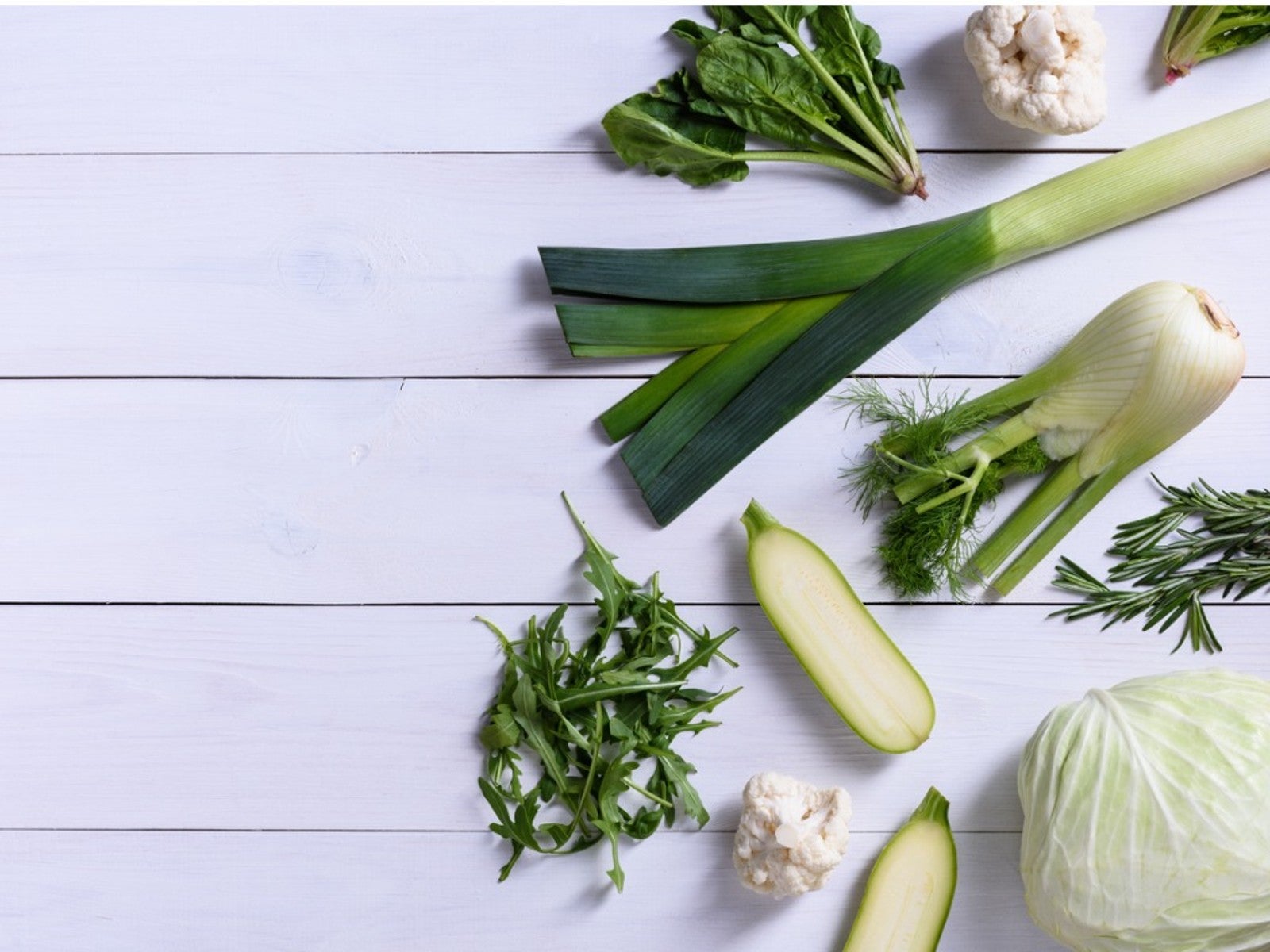 Plants For French Cuisine – Growing French Vegetables In Your Garden
Plants For French Cuisine – Growing French Vegetables In Your GardenA French potager is just a fancy way of saying kitchen garden. Try planting French herbs and vegetables, and in no time you'll be saying bon appétit as you serve your family.
By Bonnie L. Grant
-
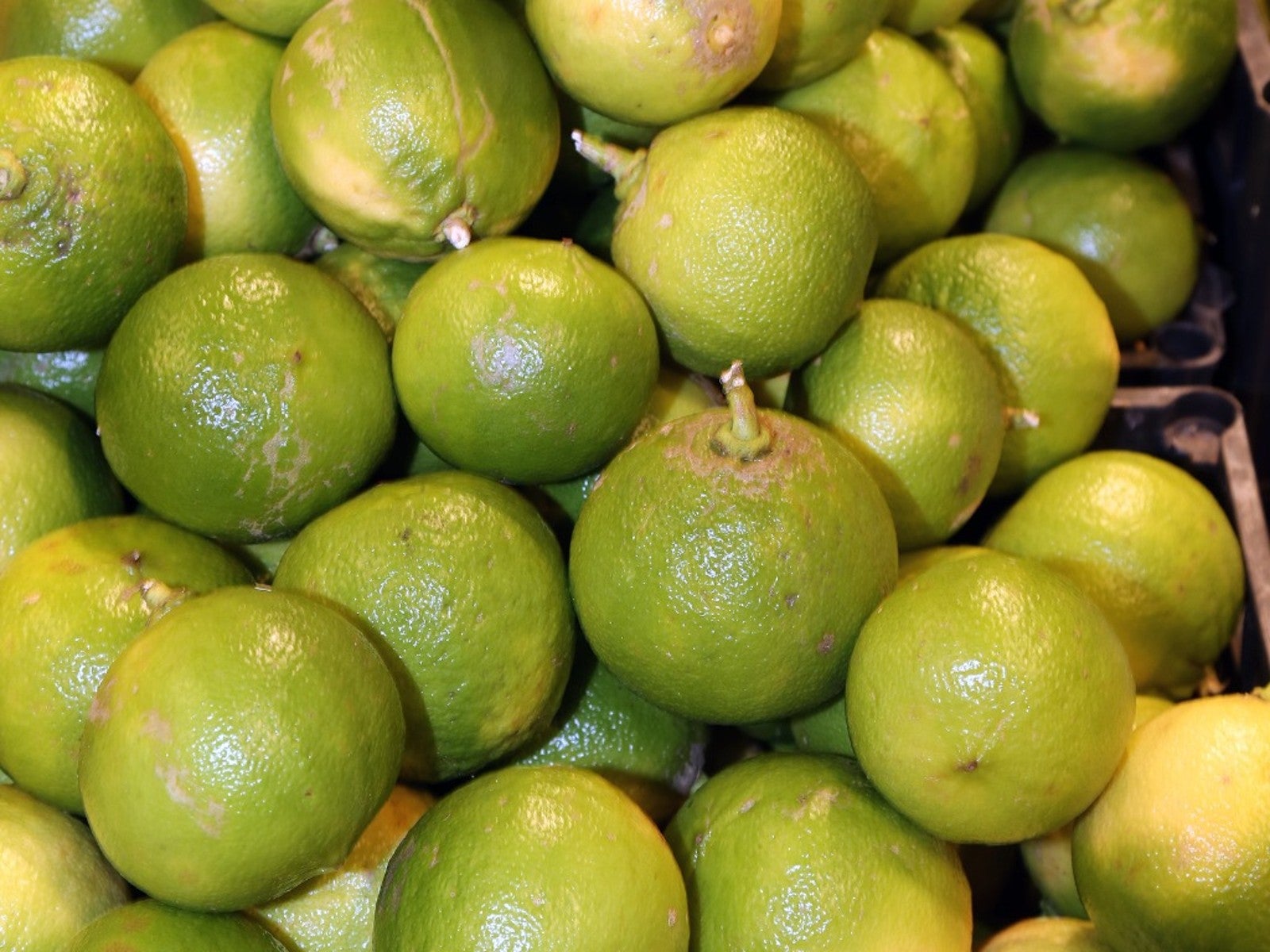 Bergamot Orange Growing Tips – Caring For A Bergamot Orange
Bergamot Orange Growing Tips – Caring For A Bergamot OrangeIf you have ever enjoyed a cup of Earl Grey tea, you know the aroma and flavor of the bergamot orange fruit. Read on for more.
By Mary Ellen Ellis
-
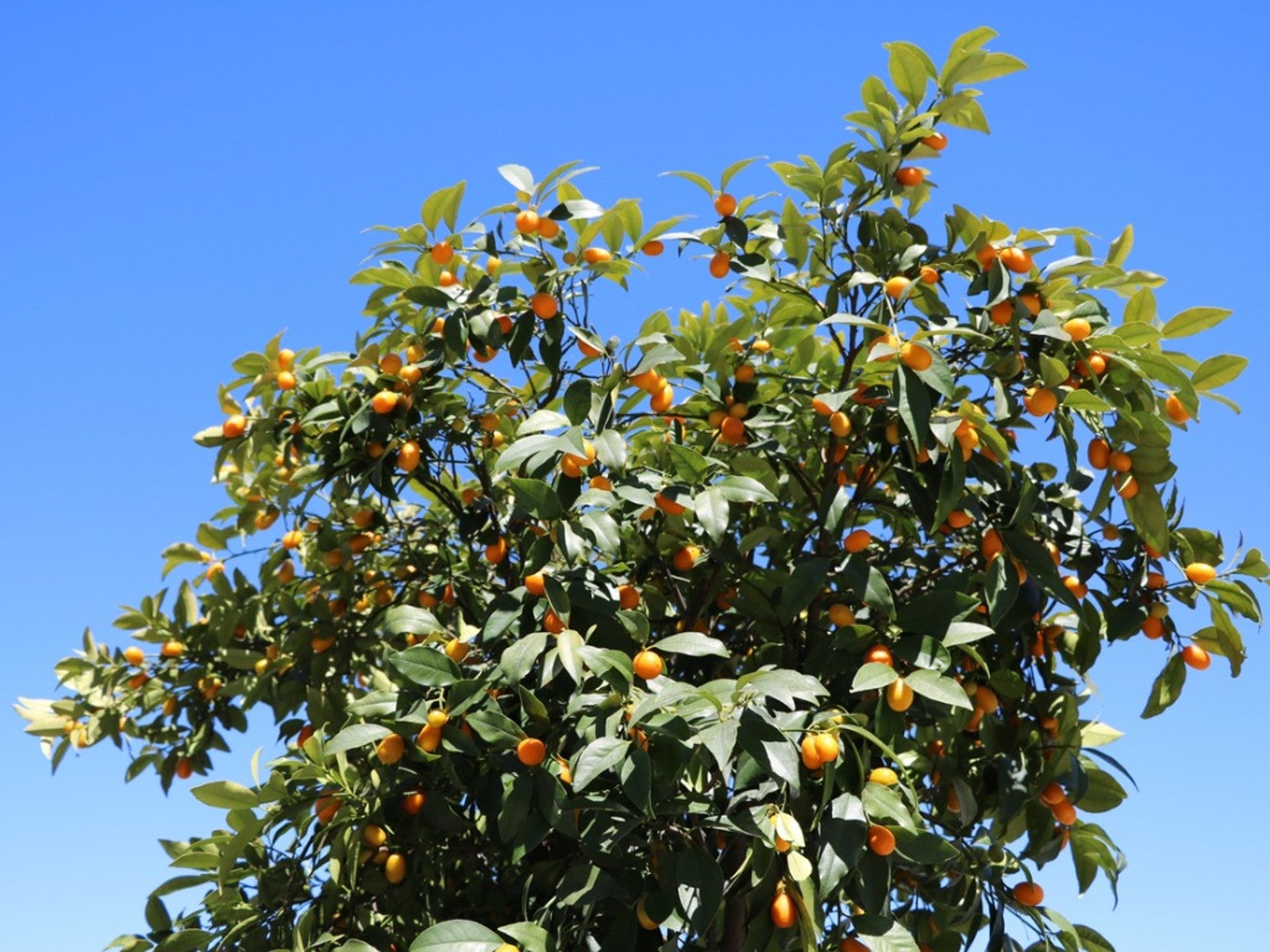 Trovita Dwarf Orange – How To Grow Trovita Orange Trees
Trovita Dwarf Orange – How To Grow Trovita Orange TreesTrovita dwarf orange is an orange tree that can be grown across a wide range of conditions, including indoors. Read on for more.
By Tonya Barnett
-
 Growing Navel Oranges – Learn About Navel Orange Care
Growing Navel Oranges – Learn About Navel Orange CareSweet, delicious, and easy to peel, navel orange is easy to spot because of the partially formed, belly-button-shaped orange that grows at the bottom end of the fruit.
By Mary H. Dyer
-
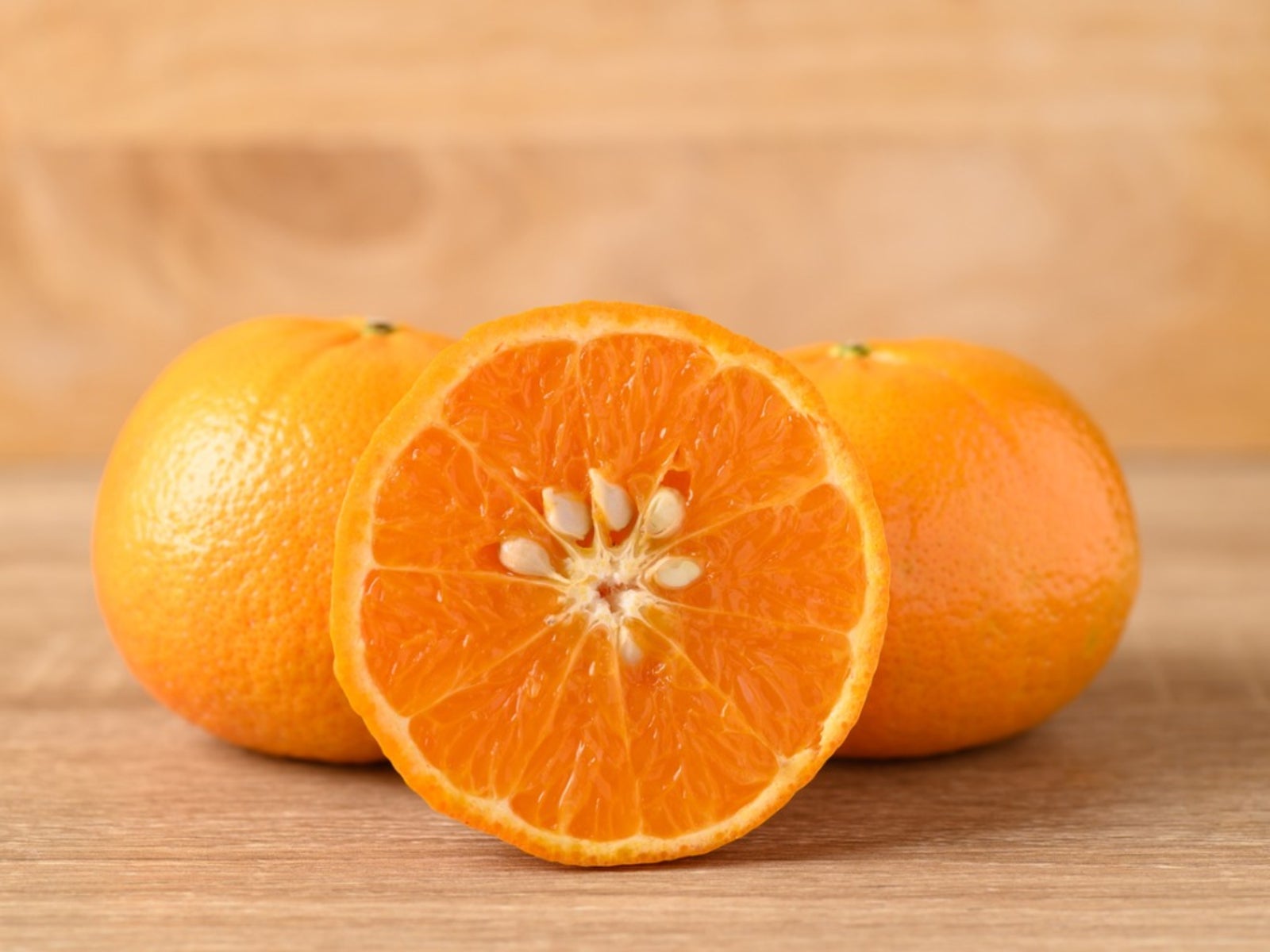 Can You Grow Store Bought Oranges - Planting Grocery Store Orange Seeds
Can You Grow Store Bought Oranges - Planting Grocery Store Orange SeedsAnyone looking for a cool indoor gardening project may want to try growing an orange tree from seeds. Click here to learn how.
By Teo Spengler
-
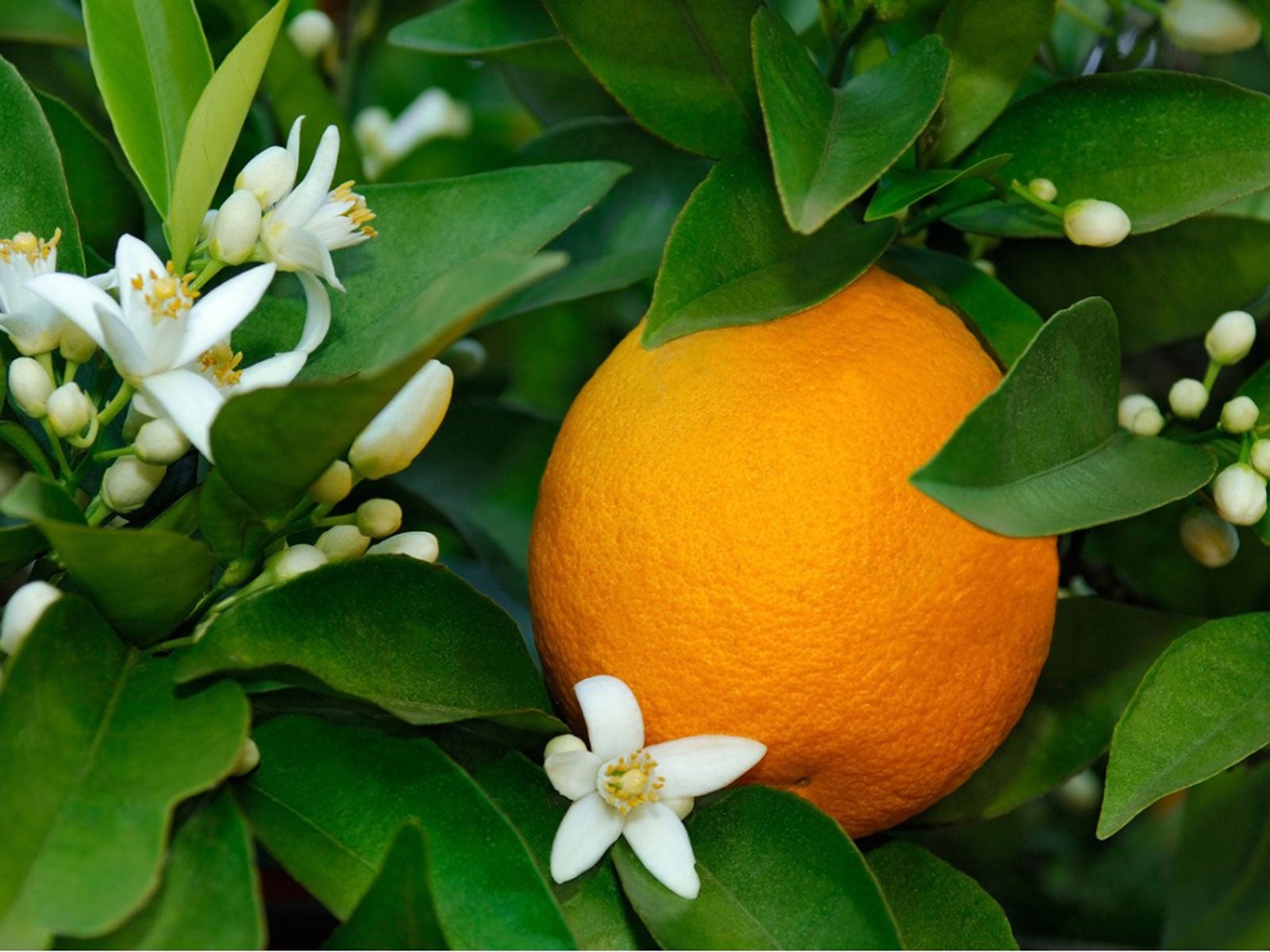 Flowering Orange Harvest: Tree Has Oranges And Flowers At Same Time
Flowering Orange Harvest: Tree Has Oranges And Flowers At Same TimeCan you harvest from a flowering orange tree? Should you allow both waves of fruit crops to come to orange harvest? Find out in this article.
By Teo Spengler
-
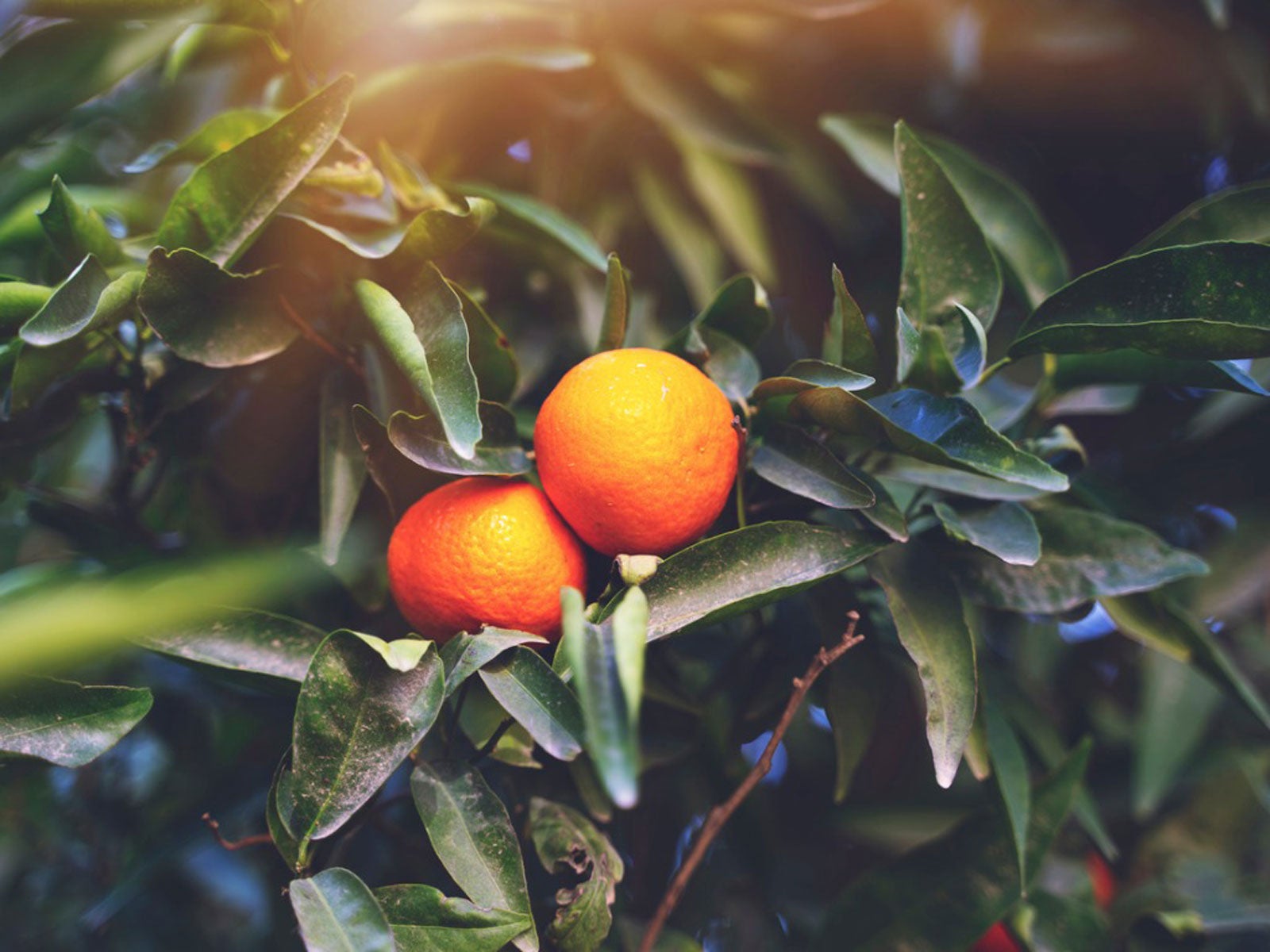 Small Orange Problem – What Causes Small Oranges
Small Orange Problem – What Causes Small OrangesThere are a variety of potential causes for small fruit on orange trees. Click here for an overview of causes of trees with small orange problems.
By Teo Spengler
-
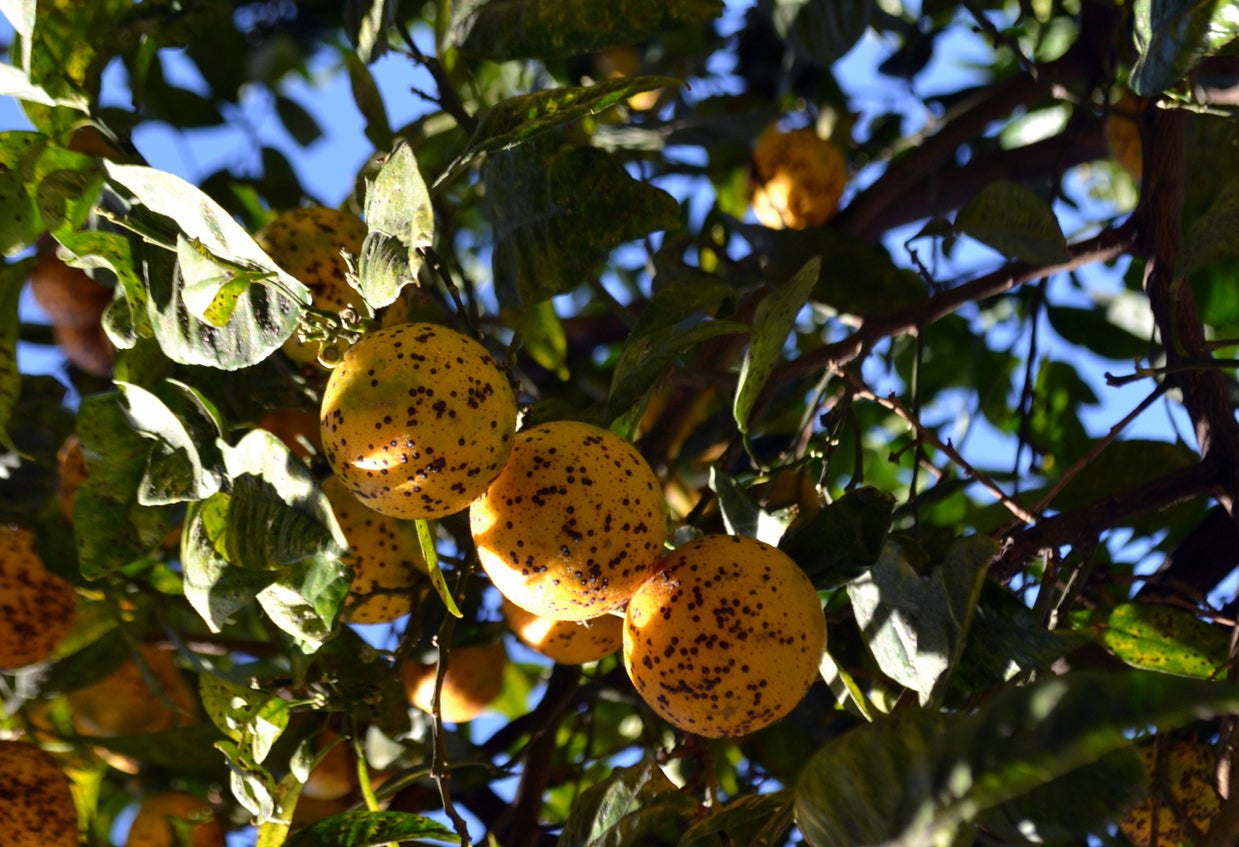 Diseases In Orange Trees: How To Treat A Diseased Orange Tree
Diseases In Orange Trees: How To Treat A Diseased Orange TreeGrowing oranges and other citrus can be a fun hobby for the home gardener, but it can also become derailed by disease. Know some of the main orange disease symptoms so you can catch and manage problems early and still get a great harvest of fruit. This article will help.
By Mary Ellen Ellis